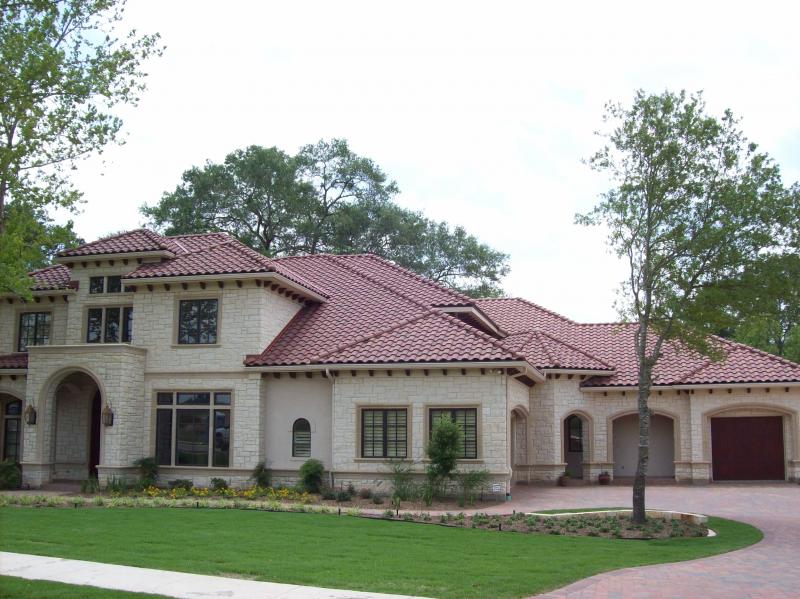 Attic insulation is vital to a roof and yet is almost always part of a home that is neglected until problems start to occur. For both commercial and residential buildings, understanding the need for proper ventilation in an attic space is helpful for many different reasons, some of which are listed below.
Attic insulation is vital to a roof and yet is almost always part of a home that is neglected until problems start to occur. For both commercial and residential buildings, understanding the need for proper ventilation in an attic space is helpful for many different reasons, some of which are listed below.
Efficient Airflow
A roofing system needs to breathe properly for many reasons: to prolong the life of the material; to reduce mold and moisture problems; and to save on energy bills. With insufficient airflow, attic temperatures can reach an overwhelming level of 160 degrees during the summer. such high temperatures are capable of damaging the system by causing issues such as: premature aging of the material; cracking; warping; breakdown of wood trusses or framing; excessive use of cooling units; and damage to other parts of the house such as the siding, wallpaper, and exterior or interior paint.
One of the main purposes of having an adequate and proper air passage system is to eliminate moisture. Commonly, the average household can produce up to five pounds of water vapor every day. This condensation can be found on the underside of plywood sheeting, causing material to buckle, expand and degrade. This degradation can adversely affect the whole system, such as by reducing nail holding power and causing uneven decking, which can cause wind damage and stress cracks. A winter issue is that ice damming can build up on roof surface as melted water travels to unheated eaves and freezes again, which can seep into the shingles tabs and eventually cause leaks.
Natural and powered ventilators are the most common methods used to keep a proper temperature and moisture level in the attic.
Natural Ventilators
This method is economical and operates through wind movement or a chimney effect. The quantity of airflow depends on the rise in temperature, size of the opening and wind movement. The effectiveness of this type of vent is achieved by having both inlet and outlet passages spaced at approximately one square inch for each square foot of attic area over 3/12 to 4/12 of the slope. Twelve-inch or more overhangs can provide ample space for inlet requirements. It is important to note that the outlets should have the same net area as the inlet ventilation.
Powered Ventilators
For houses without air conditioning, a controlled temperature can be achieved through the use of attic fans. These fans are usually located and mounted in the center of a hallway to pull air through open windows and exhaust it into the attic space through an outlet. In order to avoid the creation of high pressure, there must be sufficient outlets scattered uniformly in the attic. These exhaust fans must be properly installed in the roof.
For air conditioned homes, exhaust fans can be installed in the gables or through the roof. Inlets can be installed at the soffit or on the opposite gable if there is no overhang.
One advantage of power vents is that they provide good airflow even when there is no wind. This system also works well in buildings where wind-assisted or gravity methods may not operate properly to control temperatures and moisture. For example, there are some areas where wind storms kick up dust and sand; fans can then be shut off and vents closed during such dust storms to prevent sand or dust build-up in the attic.
The efficiency of these systems can only be achieved through ones that are designed and installed by professionals. With a properly installed and efficient ventilation system, the comfort and other benefits that are provided can be enjoyed for a long time to come, which is very important for any roof!
Call Schulte Roofing for Montgomery Roof Ventilation Issues!
Are you looking for a Montgomery roof company that is knowledgeable about ventilation solutions for your roofing system? Call Schulte Roofing at 800-367-7663 to address such needs for all Montgomery area customers!
